Weird Blob
A collection of NFTs inhabited by a mysterious, shapeshifting sea creature raises existential questions about the simulation of autonomous life forms.
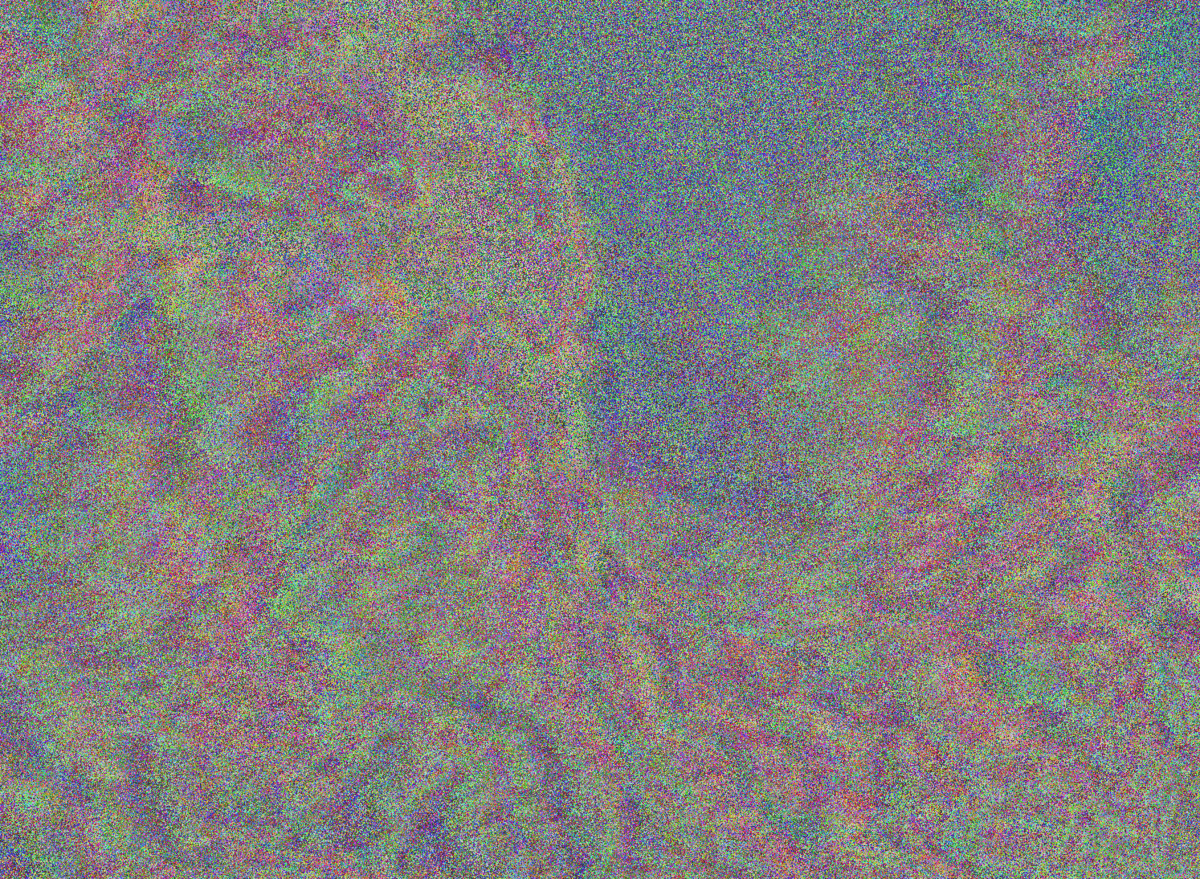
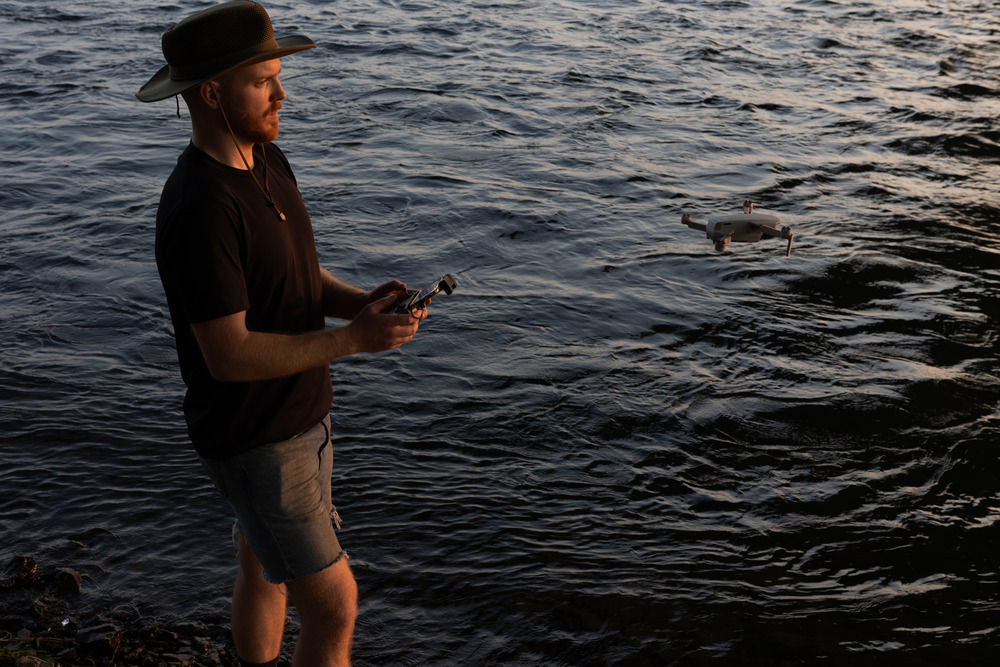
Modern digital communications are predicated on information theory and its principles of encoding and decoding, the sorting of signal from turbulent noise. But what of the phenomena that themselves are noise—clouds, crowds, waves, waterfalls, tornados, floods, and revolutions? Can we predict and simulate these things, or are they fundamentally incomputable?
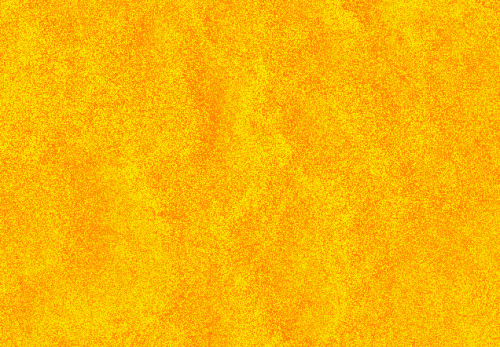
At the turn of the millennium, the Clay Mathematics Institute in New Hampshire offered million-dollar prizes to anyone who could solve one of their seven “Millennium Problems.” Perhaps the most elusive of these is the problem of turbulent fluid dynamics, which despite centuries of valiant attempts still rely on equations of eighteenth- and nineteenth-century physicists and mathematicians. These equations are nonlinear and incomplete, meaning that all attempts to predict, model, or depict fluids—even the most cutting-edge, computationally intense or photorealistic ones—are approximations. Computer graphics don’t really know how fluid moves; they often just curate “pseudorandom” algorithmic noise in novel ways. Despite its sophistication, fluid simulation is more of an abstract art than a science. It’s not the real thing, it’s drag. And it’s a competitive kind of drag—a pageant. The “shader bros” of generative art vie for the crown in categories such as elegance, naturalism, and fidelity.
Despite its sophistication, fluid simulation is more of an abstract art than a science.
In his new project, Natural Static (2023), Jonathan Chomko offers his own riposte to this pseudorandom pageantry, or what he calls the “skeuomorphism” of generative art cultures. Each output is a pixelated simulation of water, responsive to the dimensions and quality of whatever screen it is shown on, that models videos of a moving river from a bank of footage shot by the artist. With its constant churn, Natural Static cosplays as a purely generative fluid simulation, although it samples videos of real fluid motion. His use of feedback shaders in openFrameworks is a nod to generative art, past and present. But unlike, say, Refik Anadol’s spectacular particle sorcery, Chomko’s illusion runs deeper and wider, asking the epistemological questions that Anadol’s work cannot properly address. What does it mean to prize elegance, naturalism and fidelity? What is “mastery” in generative art, in tech culture at large? “Don’t you want the real thing?” asks the river in Natural Static. “Why must I only be valued as an automaton, a simulacrum?”
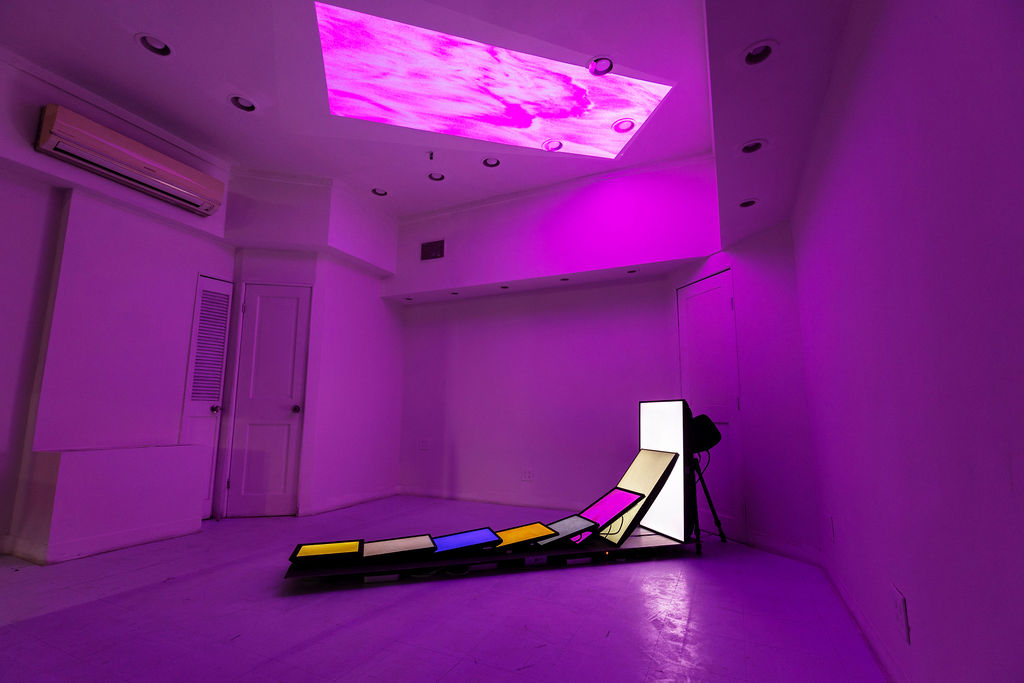
Proof of Work (2021–22), Chomko’s last NFT series, represents the outputs of software-guided performances that address time, labor, and control. To make the images, he spent hours tapping at keys to make minimal grids, and the variation in hue indicates the varying force of his fingers. Proof of Work upends the telos of corporate performance-tracking software, where deviation from the ideal is a disciplinary offense, and deploys instead a carefully designed system in which each tiny deviation only adds to the value of the work. Natural Static similarly undercuts and exposes the fetish of digital economies, but it also gets at something deeper: the hubris of tech culture at large. Whether that be the award-winning CGI factories like Weta FX and Industrial Light & Magic, who assemble chugging render farms to calculate “accurate” simulations of high-res tsunamis and hurricanes, or the Elon Musks of the tech world, who believe that the entire universe is a simulation (and therefore subordinate to calculation), there exists a certain kind of mechanical worldview that sees only mastery in mystery. Accurate simulations are trophies of conquest, or talismans of power, like those giant bronze sculptures that populate financial districts: noble galloping horses, outstretched bird wings and powerful bulls, sat outside insurance firms that predict the motion of clouds, crowds, waves, waterfalls, tornados, floods, and revolutions.
Taking pride in mastery may be just a survival strategy for a precarious economy.
Exposing the hubris of hegemonic simulation cultures is a worthwhile exercise, but it’s easy to sympathize with the shader bro, too. Taking pride in mastery may be just a survival strategy for a precarious economy. It demonstrates objectively measurable technical skill that secures steady waged labor amid the quicksand of automation and the mudslide of NFT markets. But then perhaps, given the rapid coordinated attack of AI technologies, mastery is a losing game and Chomko knows this. Perhaps here’s where the millennium problem becomes a millennial problem, and where Chomko’s Natural Static checks out of the pageant and sits by the river. This is quiet quitting, this is “do less.” But it’s also a conceptual gamble and a meditation on the value of sensorial experience.
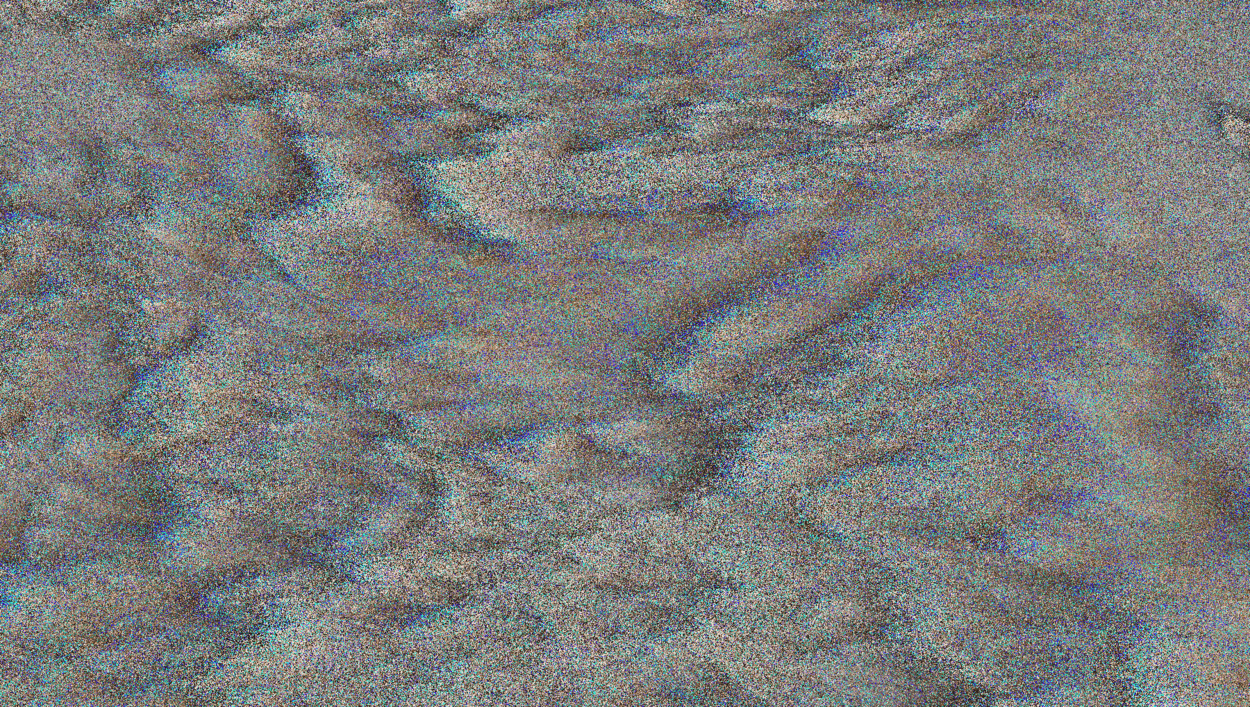
Natural Static, like much of Chomko’s work, encourages the viewer to remain alert to small differences. He employs this “careful player” mechanic repeatedly, often using the simplest ingredients: subtle transitions in monochromatic grids, variations in pixels and points that ask us to attenuate to the tiniest changes. In Physis (2013), a field of inert plants seems to suddenly twitch in response to a viewer’s approach, as if harboring a mysterious animal. Subtle differences in intensity, motion or duration prompt the viewer to become as attentive as a deer in a forest and alert to the just-perceptible.
Yet the sociotechnical forest we’re in is a constellation of signals, sensors, readouts, interfaces, and systems that produce a constantly novel coupling and decoupling of humans and machines. These new configurations ask us to flow in certain ways, to adjust our behaviors and to calibrate our senses. This is the “work” done by both artist and viewer in their encounter with Chomko’s art: to occupy the expanded studio of a pervasive mediasphere, where we are never transparently present “in nature,” but rather always funneled through interactions, processed and produced as subjects.
Al Warburton is an artist and writer based in London.
This essay is presented in partnership with JPG, the producer of Natural Static.
